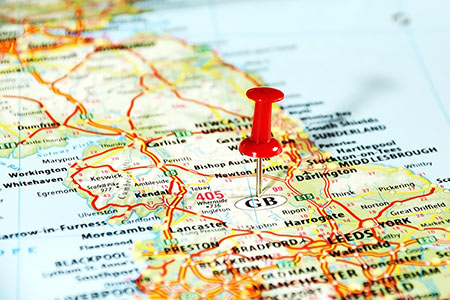
Part of Aggregate Industries, Lafarge Cement has
stated that the wider adoption of soil stabilisation could be key to making
road construction more cost-effective and sustainable. This comes after the
UK’s recent Budget set out the country’s largest ever investment in the
Strategic Road Network.
A core objective of the strategy
is to create a ‘greener network’, bringing down maintenance costs and calling
on Highways England and its supply chain partners to step up to the challenge
through innovation and creativity.
According to Lafarge Cement, one
way that the industry can achieve this is by taking a ‘ground-up’ approach that
utilises soil stabilisation by using hydraulic road binders. This is a process
that is widely used in the US and across Europe to improve weak in-situ
materials for foundations in road engineering.
Lafarge Cement last year launched
TerraCem. This is the UK’s first hydraulic binder that is specially formulated
for soil stabilisation. It is designed to strengthen existing onsite material
without the need to import aggregates. TerraCem has been specifically
engineered to improve silos, strengthen weak substructure layers to create a
working platform, and offer reduced embodied carbon in comparison to
traditional cement stabilisation.
“The key to successfully building
a world-class sustainable road network will be adopting innovative ways of
working,” said Steve Curley, Commercial Director at Lafarge Cement.
“This often starts with ground
engineering, where for years the issue of weak in-situ materials has been
solved by replacing them with imported natural aggregates – a costly method.
More recently, soil stabilisation that blends in-situ materials with a rapidly
hardening hydraulic road binder has been proven to remove the need for
traditional sub base or base course aggregate, making it more environmentally
friendly and cost effective.”
“With a greater onus on contractors to deliver the UK’s most ambitious road projects to date in the most sustainable and economical way possible, world-leading agencies, such as Highways England, Heathrow, and Associated British Ports, are already seeing the benefits of using hydraulically bound mixtures. Hence, the direction of travel is clear; best practice now dictates the use of specialist binders in the soil stabilisation as the ‘go to’ method for greener, leaner, and more efficient road construction.”https://www.worldcement.com/europe-cis/18022019/lafarge-cement-promotes-adoption-of-soil-stabilisation/
More news
- PART 2: HARNESSING THE POTENTIAL OF HIGH SULPHUR FLY ASH IN CONCRETE PRODUCTION
- PART 1: HARNESSING THE POTENTIAL OF HIGH SULPHUR FLY ASH IN CONCRETE PRODUCTION
- PART 2: DESIGN AND CONSTRUCTION OF SLAB-ON-GROUND: APPLYING ACI 318
- DESIGN AND CONSTRUCTION OF SLAB-ON-GROUND: APPLYING ACI 318
- DOK-ING’s innovative electric mining equipment unveiled at ElectraMining

